
The Enchanting Pyrenees: Nature's Splendor in France
Discover the Pyrenees in France: A paradise of majestic peaks, rich history, and thrilling outdoor adventures in one of Europe's most breathtaking mountain ranges.
Nestled between France and Spain, the Pyrenees mountain range is a natural wonder that offers visitors an enchanting blend of breathtaking landscapes, rich history, and diverse outdoor activities. The Pyrenees stretch over 430 kilometers and are home to lush valleys, cascading waterfalls, and majestic peaks that soar above 3,000 meters, providing a stunning backdrop for any adventure. The region is a paradise for outdoor enthusiasts, offering a myriad of activities such as hiking, skiing, and mountain biking. The Pyrenees National Park, located on the French side, is a haven for nature lovers, with its well-preserved flora and fauna, including the elusive Pyrenean chamois and the majestic Griffon vulture. For those seeking a more leisurely experience, the charming villages scattered throughout the mountains offer a glimpse into the traditional Pyrenean way of life, complete with quaint stone houses, local markets, and delicious regional cuisine. In addition to its natural beauty, the Pyrenees are steeped in history and culture. The region is dotted with historic sites, such as the medieval castles and Romanesque churches that stand as testaments to its storied past. Visitors can also explore the thermal spas, which have been cherished since Roman times for their therapeutic properties. Whether you're looking to immerse yourself in nature, delve into history, or simply relax and unwind, the Pyrenees in France offer a truly unforgettable experience.
Local tips in Pyrenees
- Pack layers of clothing, as the weather can change quickly in the mountains.
- Don't miss the local markets for fresh produce and regional specialties.
- Visit the thermal spas for a relaxing and rejuvenating experience after a day of hiking.
- Check the seasonal availability of activities such as skiing and hiking before planning your trip.
- Hire a local guide to explore hidden trails and learn more about the region's history and wildlife.
The Enchanting Pyrenees: Nature's Splendor in France
Nestled between France and Spain, the Pyrenees mountain range is a natural wonder that offers visitors an enchanting blend of breathtaking landscapes, rich history, and diverse outdoor activities. The Pyrenees stretch over 430 kilometers and are home to lush valleys, cascading waterfalls, and majestic peaks that soar above 3,000 meters, providing a stunning backdrop for any adventure. The region is a paradise for outdoor enthusiasts, offering a myriad of activities such as hiking, skiing, and mountain biking. The Pyrenees National Park, located on the French side, is a haven for nature lovers, with its well-preserved flora and fauna, including the elusive Pyrenean chamois and the majestic Griffon vulture. For those seeking a more leisurely experience, the charming villages scattered throughout the mountains offer a glimpse into the traditional Pyrenean way of life, complete with quaint stone houses, local markets, and delicious regional cuisine. In addition to its natural beauty, the Pyrenees are steeped in history and culture. The region is dotted with historic sites, such as the medieval castles and Romanesque churches that stand as testaments to its storied past. Visitors can also explore the thermal spas, which have been cherished since Roman times for their therapeutic properties. Whether you're looking to immerse yourself in nature, delve into history, or simply relax and unwind, the Pyrenees in France offer a truly unforgettable experience.
When is the best time to go to Pyrenees?
Iconic landmarks you can’t miss
Parc national des Pyrénées
Explore the breathtaking landscapes, rich biodiversity, and cultural heritage of Parc National des Pyrénées, a must-visit destination for nature lovers.
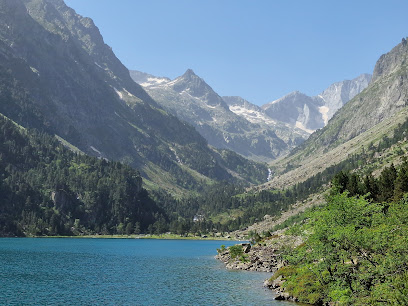
Regional Park of the Catalan Pyrenees
Experience the breathtaking beauty of the Regional Park of the Catalan Pyrenees, where nature thrives and adventure awaits in every corner.
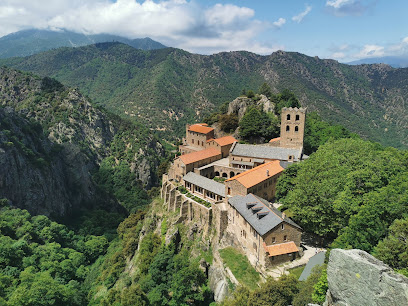
Pont d'Espagne
Discover the breathtaking beauty of Pont d'Espagne, a bridge and hiking paradise in the stunning Pyrenees, perfect for nature lovers and adventure seekers.
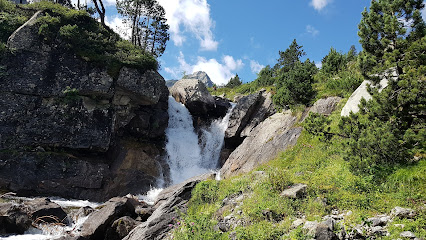
Animal Park of the Pyrenees
Explore the enchanting Animal Park of the Pyrenees, where wildlife and stunning landscapes come together for an unforgettable family adventure.
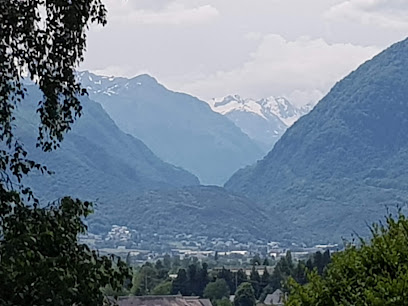
Parc naturel régional des Pyrénées Ariégeoises
Explore the breathtaking beauty of the Parc Naturel Régional des Pyrénées Ariégeoises, a haven for nature lovers and outdoor enthusiasts in the heart of France.
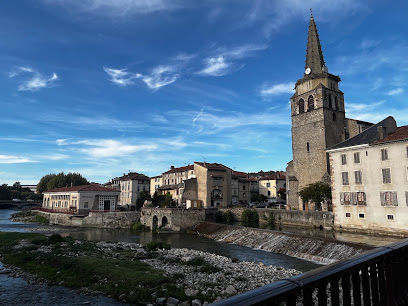
Grottes de Bétharram
Explore the breathtaking Grottes de Bétharram, a natural wonder in the heart of the Pyrenees, featuring stunning rock formations and captivating guided tours.

National Museum and the Château de Pau - Official
Discover the historical splendor of the National Museum and the Château de Pau, a captivating blend of royal heritage and artistic treasures in France.
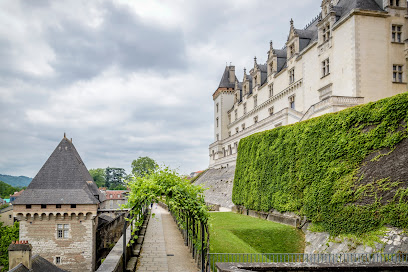
Les Orgues d'Ille sur Tet
Explore the breathtaking Les Orgues d'Ille sur Tet, where stunning rock formations meet serene landscapes in a unique natural setting.
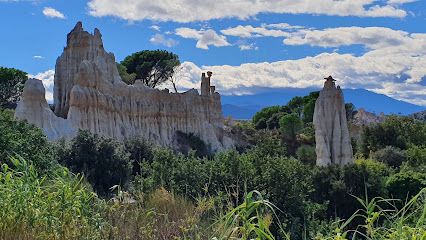
Grotte du Mas d'Azil
Discover the Grotte du Mas d'Azil, a stunning cave with prehistoric significance and breathtaking formations, perfect for history and nature enthusiasts alike.
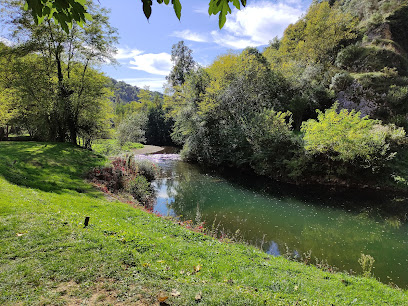
Château Fort Musée Pyrénéen
Explore the historic Château Fort Musée Pyrénéen, where stunning views, rich culture, and beautiful gardens await in Lourdes.
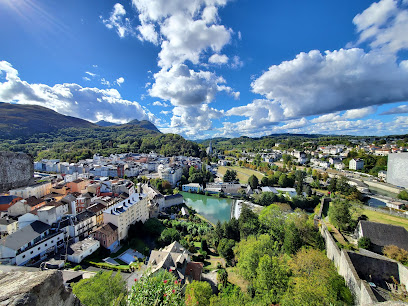
Les Forges de Pyrène
Explore the rich history of craftsmanship at Les Forges de Pyrène, a must-visit cultural gem in Montgailhard, France.
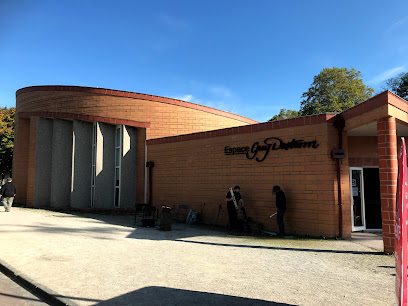
Isturitz and Oxocelhaya
Unearth the prehistoric wonders of Isturitz and Oxocelhaya Caves, where nature meets history in the stunning French Basque Country.
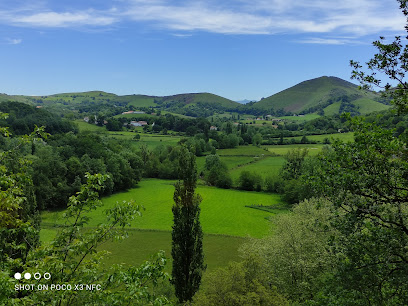
Gouffre d'Esparros
Explore the breathtaking Gouffre d'Esparros, a stunning cave in the French Pyrenees, filled with magnificent rock formations and captivating underground wonders.

Pyrénées Hô
Discover the excitement of Pyrénées Hô, where adventure sports meet family fun in the stunning Pyrenees mountains, creating unforgettable memories for all.
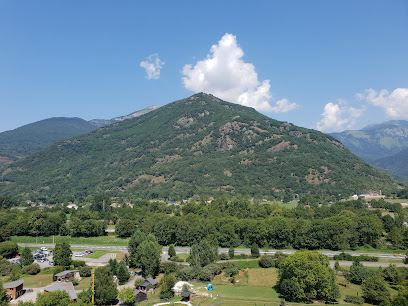
Collioure Lighthouse
Explore the iconic Collioure Lighthouse, a historic maritime beacon offering breathtaking Mediterranean views and a glimpse into the region's rich heritage.
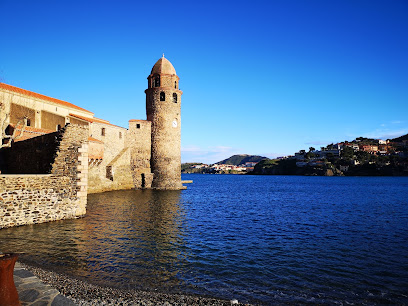
Unmissable attractions to see
Parc national des Pyrénées
Explore the breathtaking landscapes and diverse wildlife of Parc National des Pyrénées, a gem in the heart of the French Pyrenees.
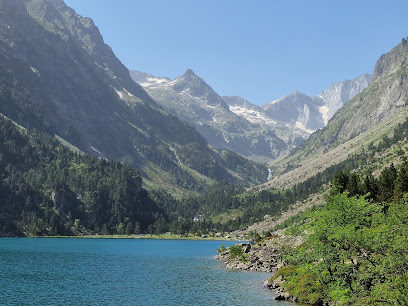
Pyrénées Andorra
Explore Pyrénées Andorra: Your ultimate shopping and dining destination in the heart of Andorra la Vella, where culture meets style.
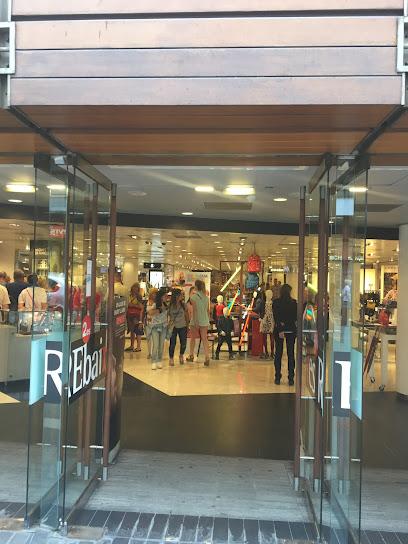
Regional Park of the Catalan Pyrenees
Explore the captivating landscapes and diverse wildlife of the Regional Park of the Catalan Pyrenees, a nature lover's paradise.
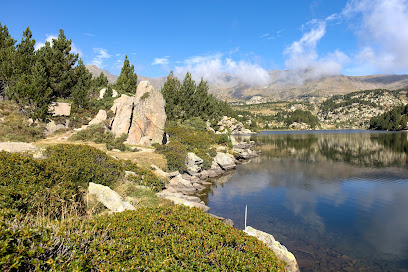
Pont d'Espagne
Discover the enchanting landscapes of Pont d'Espagne, a scenic bridge and hiking haven in the heart of the Pyrenees, perfect for nature lovers and adventure seekers.
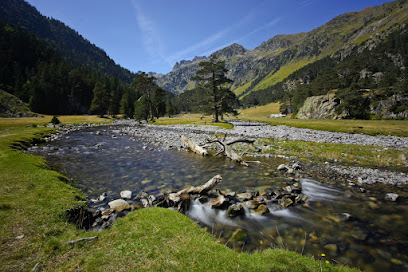
Animal Park of the Pyrenees
Discover the diverse wildlife and natural beauty at the Animal Park of the Pyrenees, a family-friendly destination in the heart of the mountains.
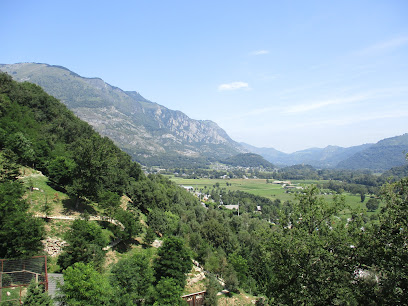
Parc naturel régional des Pyrénées Ariégeoises
Experience the breathtaking beauty of Parc Naturel Régional des Pyrénées Ariégeoises, a haven for hiking, wildlife, and stunning landscapes in France.
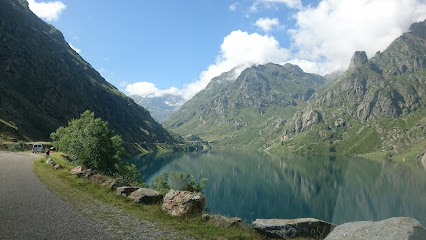
Grottes de Bétharram
Explore Grottes de Bétharram, a breathtaking cave system in the Pyrenees, filled with stunning geological formations and rich history for every tourist to enjoy.
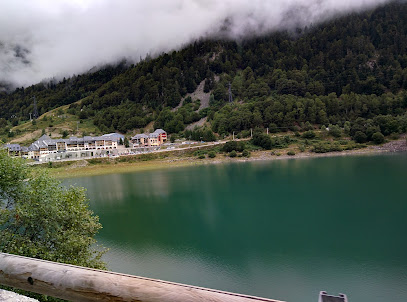
National Museum and the Château de Pau - Official
Explore the rich history and stunning architecture of Château de Pau, a captivating museum and castle in the heart of France.
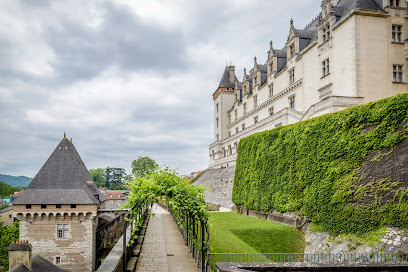
Téléphérique du Pic du Midi de Bigorre
Journey to the summit of Pic du Midi with Téléphérique du Pic du Midi de Bigorre, where breathtaking views and adventure await in the French Pyrenees.
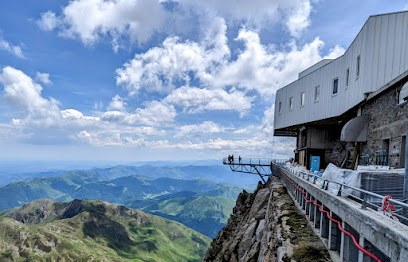
Peyragudes ski resort [N'PY]
Experience the thrill of skiing at Peyragudes, a stunning ski resort in the French Pyrenees, perfect for adventurers and families alike.
![Peyragudes ski resort [N'PY]](https://evendo-location-media.s3.amazonaws.com/AttractionImages/7f1ba461-a95b-4d93-8214-951acfce8491)
Les Orgues d'Ille sur Tet
Explore the breathtaking geological formations of Les Orgues d'Ille sur Tet, a stunning natural attraction in southern France, ideal for photographers and nature enthusiasts.
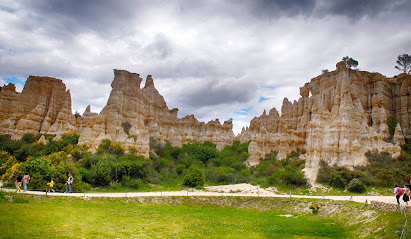
Gorge De Galamus
Explore the magnificent Gorge De Galamus, a natural wonder filled with breathtaking views, exhilarating hikes, and serene landscapes in France.
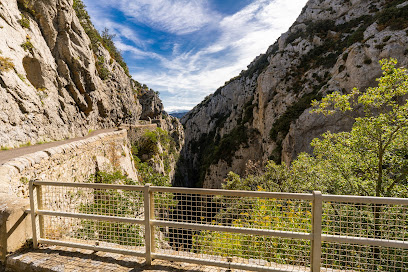
Grotte du Mas d'Azil
Discover the breathtaking Grotte du Mas d'Azil, a historical landmark and natural wonder showcasing prehistoric art and stunning geological formations.
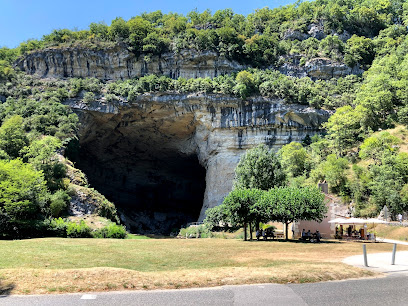
Château Fort Musée Pyrénéen
Explore the rich history and breathtaking views at Château Fort Musée Pyrénéen in Lourdes, combining culture and nature in a stunning castle setting.
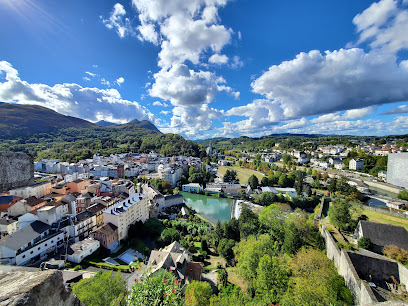
Prehistoric Park
Explore the captivating Prehistoric Park in Tarascon-sur-Ariège, where ancient creatures and cultures come to life in a family-friendly outdoor adventure.
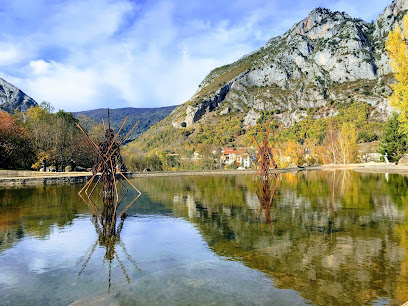
Essential places to dine
Les Aryelets
Discover the essence of French cuisine at Les Aryelets in Aulon—where every dish tells a story.

Restaurant l'Arbizon
Experience exquisite French cuisine and gourmet hamburgers at Restaurant l'Arbizon in charming Arreau - a culinary delight amidst stunning mountain views.
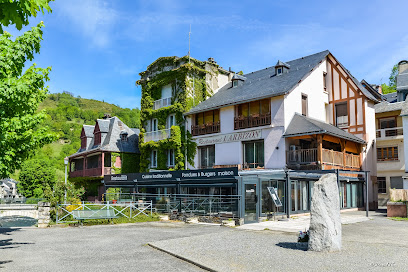
Restaurant de France
Experience authentic French cuisine in Sarrancolin at Restaurant de France—where every meal tells a story amidst stunning mountain views.
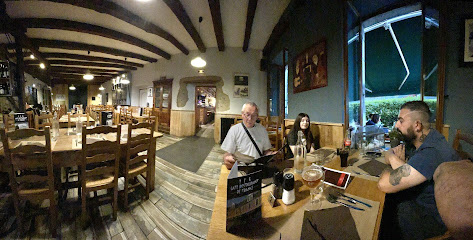
La table de Saoussas
Experience authentic French cuisine amidst breathtaking mountain views at La Table de Saoussas in Loudenvielle.
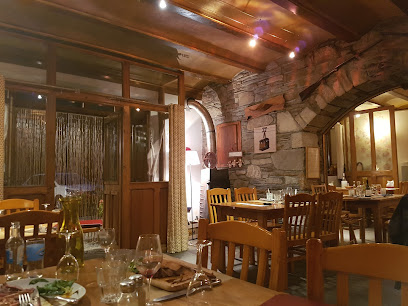
Auberge de la Sapiniere
Discover Auberge de la Sapiniere: A quaint French restaurant offering delightful cuisine amidst stunning mountain views.
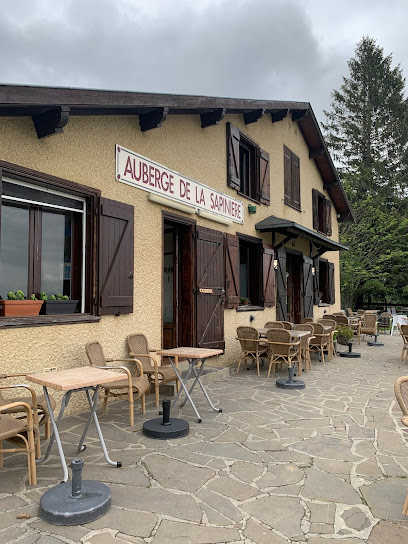
Balneario Balnea Francia
Discover the flavors of France at Balneario Balnea - where delicious barbecue meets stunning landscapes in Génos.
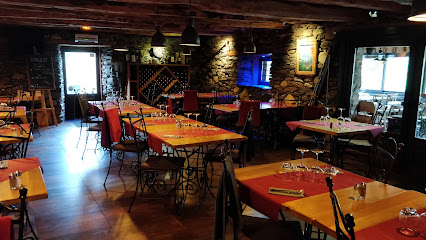
Restaurant Le Coq d'Or
Discover exquisite French cuisine at Restaurant Le Coq d'Or in Chénérailles – a must-visit for food lovers seeking fine dining experiences.
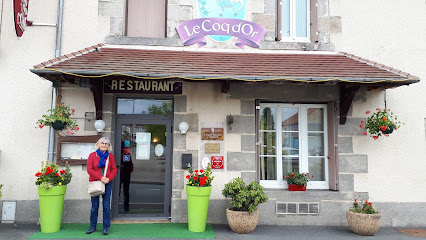
Ô Bistrot Pyrène
Discover the essence of French cuisine at Ô Bistrot Pyrène in Montgailhard – where tradition meets taste.
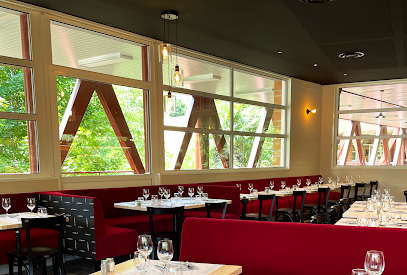
Hôtel des Pyrénées
Experience exquisite French and Mediterranean cuisine at Hôtel des Pyrénées in scenic Saint-Jean-Pied-de-Port for an unforgettable dining experience.

Hotel Restaurant Des Pyrenees
Discover Hotel Restaurant Des Pyrenees: where exquisite French cuisine meets cozy accommodations amidst breathtaking mountain views.
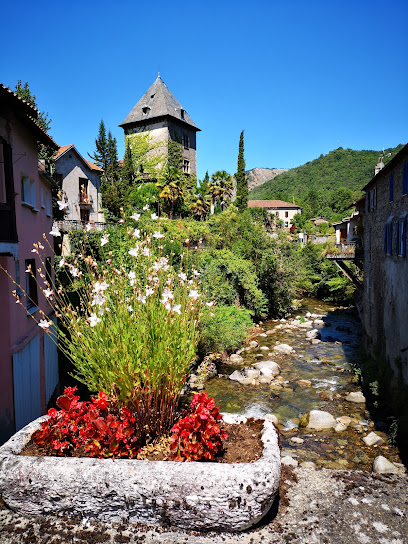
Restaurant Les Terrasses du Golf - Ariège Pyrénées
Experience exquisite French cuisine amidst breathtaking views at Restaurant Les Terrasses du Golf in Ariège Pyrénées.
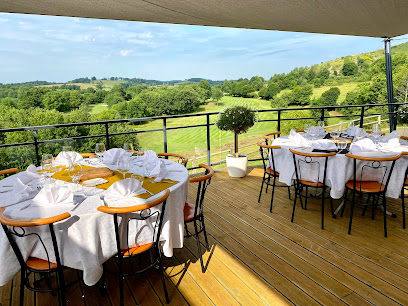
Erassens - table pyrénéenne
Experience authentic French cuisine at Erassens in Sailhan, where every dish tells a story amidst breathtaking Pyrenean landscapes.
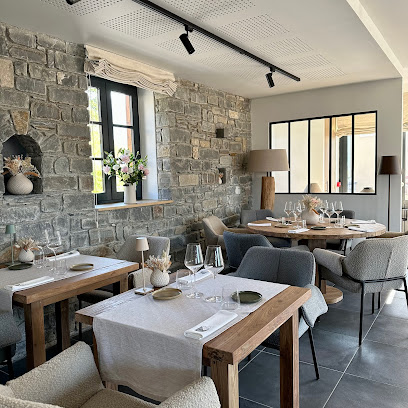
Restaurant les Souleillous
Experience exquisite French and Mediterranean cuisine at Restaurant les Souleillous in Aulus-les-Bains, where every meal is a celebration of flavor.
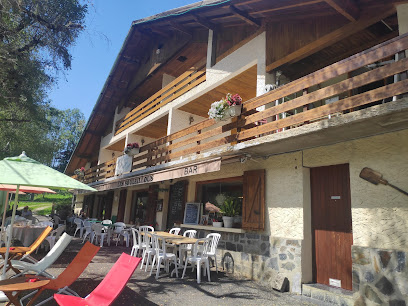
Restaurant de l'Etang de Lers
Discover exquisite French cuisine and artisanal sundaes at Restaurant de l'Etang de Lers near stunning lake views.
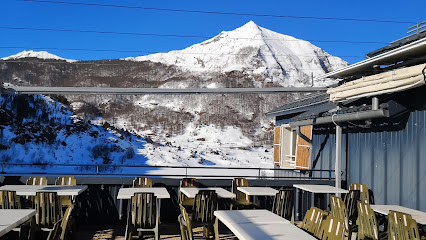
Restaurant Le burger des Pyrénées
Experience gourmet burgers and vegetarian delights in the heart of Aspet at Restaurant Le Burger des Pyrénées.
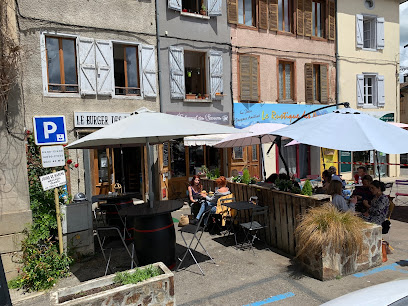
Markets, malls and hidden boutiques
Pyrénées Andorra
Discover the ultimate shopping destination in Andorra with Pyrénées Andorra, your gateway to fashion, dining, and local experiences in the heart of the Pyrenees.
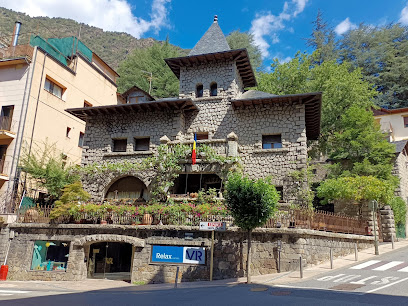
Grotte de Fontrabiouse
Experience the stunning beauty of Grotte de Fontrabiouse, an enchanting cave system in the French Pyrenees, perfect for family adventures and geological exploration.

Telemark Pyrenees
Discover Telemark Pyrenees: Your ultimate adventure hub for skiing and rock climbing in the breathtaking French Pyrenees.
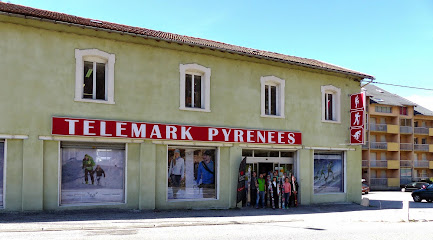
Mohair Pyrénées
Explore Mohair Pyrénées, where exquisite yarns and local craftsmanship meet in the heart of Camarade, France.
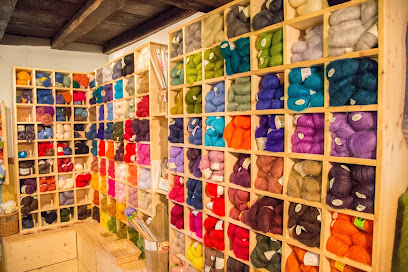
SOARING - School Paragliding & Mountain Shop
Experience the thrill of paragliding at Soaring in Bagnères-de-Luchon, where adventure meets breathtaking mountain views.
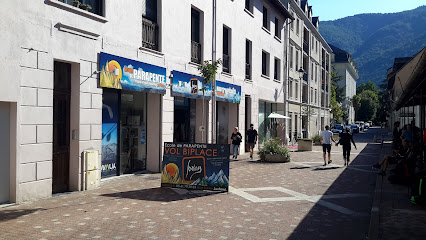
Ariège Tradition Epicerie Locale à Les Cabannes au pied du plateau de Beille
Discover the flavors and crafts of Ariège at Ariège Tradition in Les Cabannes, your local source for gourmet treats and unique souvenirs.
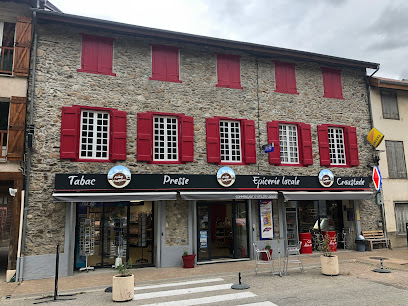
Au Mouton des Pyrénées
Discover a stylish array of men's, women's, and children's clothing at Au Mouton des Pyrénées in the heart of Lourdes, blending local charm with contemporary fashion.
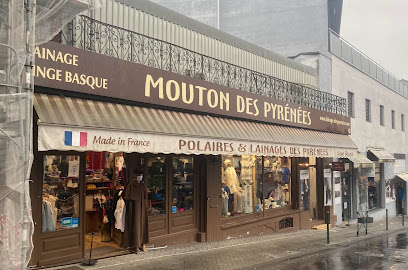
La Boutique de la Ferme
Explore local flavors at La Boutique de la Ferme, Ax-les-Thermes' premier destination for artisanal cheeses, cold cuts, and fine wines.
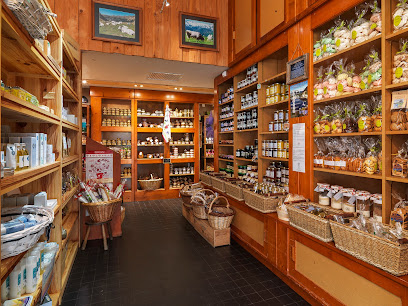
Le Sherpa des Pyrénées
Discover adventure at Le Sherpa des Pyrénées, your premier destination for sporting goods in Cauterets, nestled in the stunning Pyrenees.
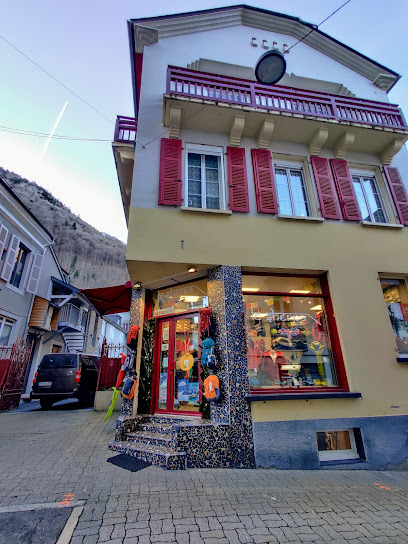
Mohair of Aulon in Pyrénées
Experience the beauty of mohair production at Mohair of Aulon, a charming farm in the breathtaking Pyrénées, where craftsmanship meets nature.
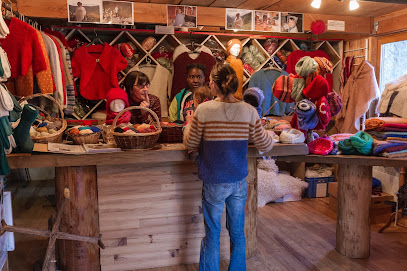
Les Saveurs catalanes
Discover the essence of Catalonia at Les Saveurs Catalanes, your go-to gift shop for unique local delicacies and handmade treasures.
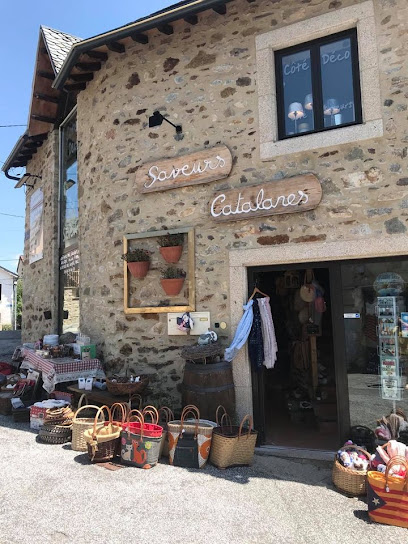
Savons d'Aure
Explore Savons d'Aure in Arreau for unique artisanal soaps and toiletries, showcasing local craftsmanship and natural ingredients.
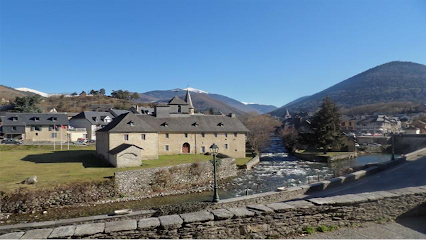
Désirs futiles- maison des lys
Explore the artistry of Désirs Futiles in Arreau, where photography, jewelry, and fashion come together in a charming boutique experience.
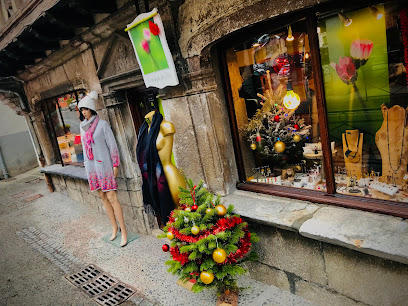
La Maison du Coin
Discover delightful souvenirs, gourmet treats, and unique home goods at La Maison du Coin in the heart of charming Foix.
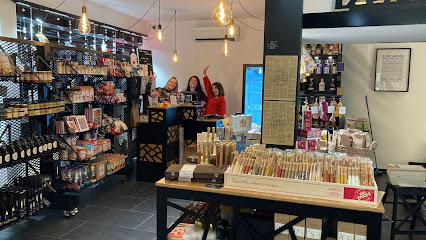
LA FILATURE DE LAINE
Explore the artistry of wool weaving at La Filature de Laine in Sarrancolin, a charming destination for unique textiles and local craftsmanship.
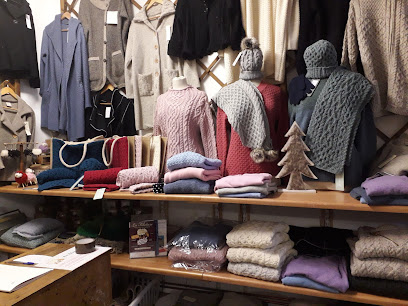
Essential bars & hidden hideouts
Au balcon
Discover the exquisite flavors of Au Balcon, where French cuisine meets a cozy wine bar in the heart of Saint-Lary-Soulan.
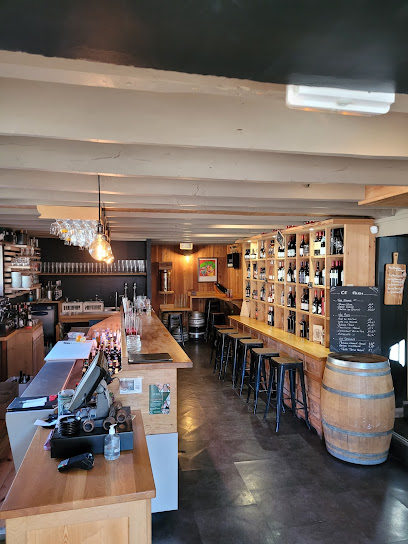
Le Maillol Café
Experience the lively ambiance of Le Maillol Café in Font-Romeu, where delicious tapas and crafted cocktails meet stunning mountain views.
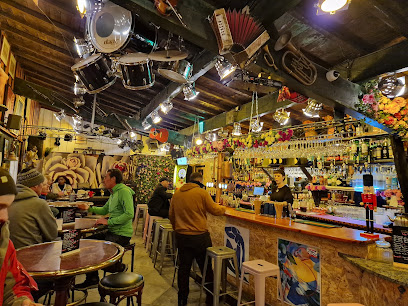
Bar restaurant Claire Montagne
Discover the cozy charm of Bar Restaurant Claire Montagne, where traditional French cuisine meets breathtaking alpine views in Gavarnie-Gèdre.
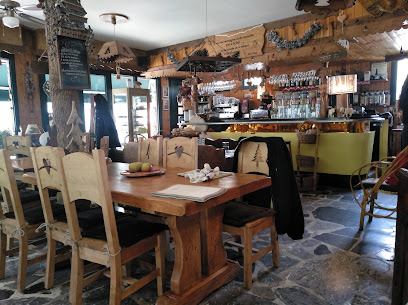
Bar Le Dahu
Discover the lively spirit of Bar Le Dahu in Font-Romeu-Odeillo-Via, where locals and tourists unite over drinks in a cozy alpine setting.

Celtic Pub
Discover the lively Celtic Pub in Tarbes, where local charm meets a vibrant atmosphere and a delightful selection of drinks.
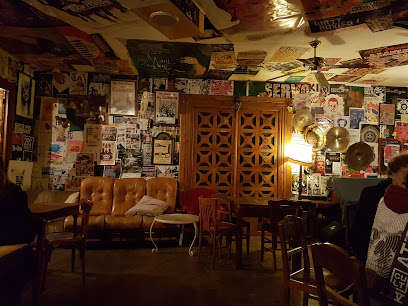
36, LE BAR
Discover 36, LE BAR in Tarbes: a vibrant bar and restaurant offering a blend of local flavors and a cozy atmosphere for all visitors.
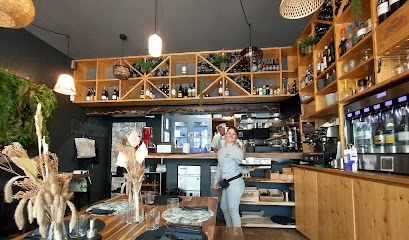
Bar d'Azun
Discover the inviting atmosphere of Bar d'Azun, a charming bar in Argelès-Gazost, perfect for drinks and local flavors after an adventurous day.
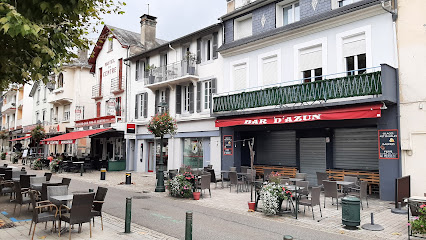
L'excuse
Experience the cozy ambiance and vibrant atmosphere at L'excuse, the perfect bar in Bagnères-de-Bigorre for a relaxing drink after exploring.
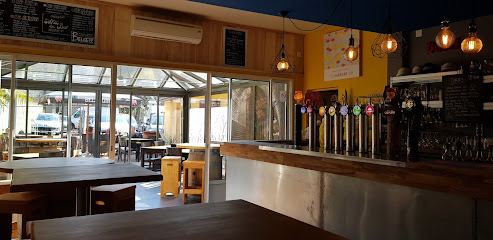
The Dubliners
Experience authentic Irish culture at The Dubliners in Tarbes, where music, hearty food, and warm hospitality await every visitor.
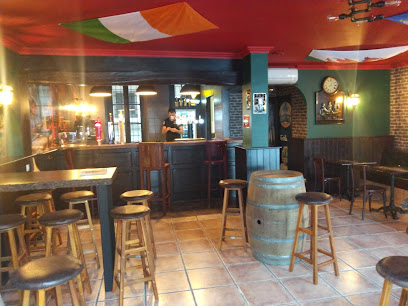
Skibar
Discover the charm of Skibar in Cauterets, where cozy atmosphere meets delightful drinks and light bites amidst stunning mountain views.
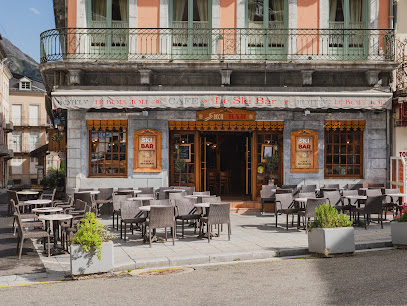
Chez DD
Discover the heart of Vielle-Aure at Chez DD, a cozy bar offering local drinks and a welcoming atmosphere for tourists.
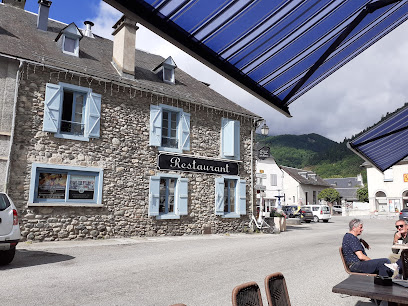
LA PIQUE LONGUE
Experience a delightful fusion of fine wines, delicious tapas, and cozy tea moments at La Pique Longue in Cauterets.
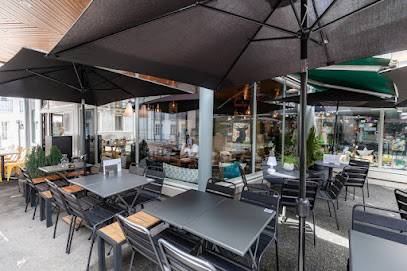
Cafe bistrot De La Pique
Discover the heart of Cierp-Gaud at Café Bistrot De La Pique, where local flavors and a cozy atmosphere come together for an unforgettable experience.
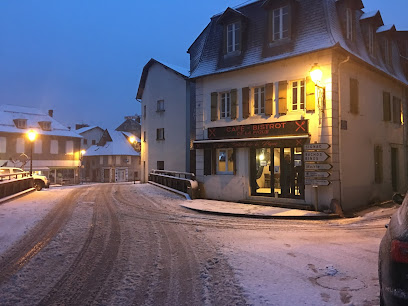
Bar Le Ti' Pic
Experience Luz-Saint-Sauveur's vibrant spirit at Bar Le Ti' Pic, where cozy ambiance meets delightful local drinks in the heart of the Pyrénées.
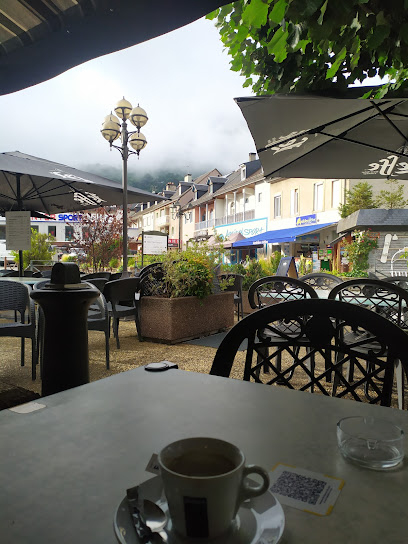
Brasserie Pyrénéiste
Discover the local flavors and handcrafted brews at Brasserie Pyrénéiste, the perfect brewpub experience in the heart of Palau-de-Cerdagne.
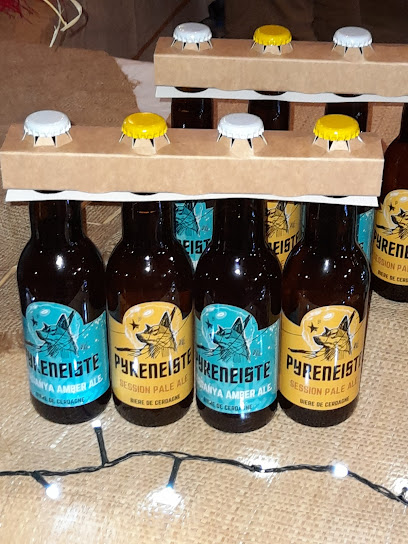
Local Phrases about Pyrenees
-
- HelloBonjour
[Bon-zhoor] - GoodbyeAu revoir
[Oh ruh-vwahr] - YesOui
[Wee] - NoNon
[Nohn] - Please/You're welcomeS'il vous plaît/De rien
[Seel voo pleh/duh ree-ehn] - Thank youMerci
[Mehr-see] - Excuse me/SorryExcusez-moi/Désolé
[Ex-kew-zay mwah/Day-zoh-lay] - How are you?Comment ça va?
[Koh-mohn sah vah] - Fine. And you?Bien. Et vous?
[Byehn. Ay voo] - Do you speak English?Parlez-vous anglais?
[Par-lay voo ahn-glay] - I don't understandJe ne comprends pas
[Zhuh nuh kohm-prahnd pah]
- HelloBonjour
-
- I'd like to see the menu, pleaseJe voudrais voir le menu, s'il vous plaît
[Zhuh voo-dray vwahr luh muh-nyuh, seel voo pleh] - I don't eat meatJe ne mange pas de viande
[Zhuh nuh mahnj pah duh vyand] - Cheers!Santé!
[Sahn-tay] - I would like to pay, pleaseJe voudrais payer, s'il vous plaît
[Zhuh voo-dray pay-ay, seel voo pleh]
- I'd like to see the menu, pleaseJe voudrais voir le menu, s'il vous plaît
-
- Help!Au secours!
[Oh suh-koor] - Go away!Allez-vous en!
[Ah-lay vooz ahn] - Call the Police!Appelez la police!
[Ah-play lah po-lees] - Call a doctor!Appelez un médecin!
[Ah-play uh med-sahn] - I'm lostJe suis perdu(e)
[Zhuh swee pair-doo(eh)] - I'm illJe suis malade
[Zhuh swee mah-lahd]
- Help!Au secours!
-
- I'd like to buy...Je voudrais acheter...
[Zhuh voo-dray ash-tay...] - I'm just lookingJe regarde juste
[Zhuh ruh-gard joo-st] - How much is it?Combien ça coûte?
[Kohm-byen sah koot] - That's too expensiveC'est trop cher
[Say troh shair] - Can you lower the price?Pouvez-vous baisser le prix?
[Poo-vay voo bay-say luh pree]
- I'd like to buy...Je voudrais acheter...
-
- What time is it?Quelle heure est-il?
[Kell uhr eh-teel] - It's one o'clockIl est une heure
[Eel eh oohn uhr] - Half past (10)Dix et demi
[Dee ay duh-mee] - MorningMatin
[Mah-tahn] - AfternoonAprès-midi
[Ah-pray mee-dee] - EveningSoir
[Swahr] - YesterdayHier
[Yehr] - TodayAujourd'hui
[Oh-zhoor-dwee] - TomorrowDemain
[Duh-mahn] - 1Un
[Oohn] - 2Deux
[Duh] - 3Trois
[Twa] - 4Quatre
[Katr] - 5Cinq
[Sank] - 6Six
[Sees] - 7Sept
[Set] - 8Huit
[Weet] - 9Neuf
[Nuhf] - 10Dix
[Dee]
- What time is it?Quelle heure est-il?
-
- Where's a/the...?Où est...?
[Oo eh] - What's the address?Quelle est l'adresse?
[Kell eh la-dress] - Can you show me (on the map)?Pouvez-vous me montrer (sur la carte)?
[Poo-vay voo muh mohn-tray (soor lah kart)] - When's the next (bus)?Quand est le prochain (bus)?
[Kahnd eh luh proh-shahn (boos)] - A ticket (to ....)Un billet (pour ....)
[Oohn bee-yeh (poor)]
- Where's a/the...?Où est...?
History of Pyrenees
-
The Pyrenees have been inhabited since prehistoric times, with evidence of human presence dating back to the Paleolithic era. Cave paintings, such as those found in the Grotte de Niaux, reveal the rich artistic expressions of early inhabitants. These ancient artworks provide a glimpse into the lives and beliefs of the region's earliest settlers.
-
During the Roman Empire, the Pyrenees served as a natural border between the provinces of Hispania and Gaul. The Romans built roads and fortifications in the region, facilitating trade and military movement. Remnants of Roman architecture, such as the Pont du Diable in Céret, highlight the strategic importance of the Pyrenees in ancient times.
-
In the Middle Ages, the Pyrenees were a patchwork of small, independent kingdoms and counties. Notable among these was the County of Foix, which played a significant role in the power dynamics of medieval France and Spain. The imposing Château de Foix stands as a testament to the region's feudal past and its strategic military importance.
-
The Pyrenees were a stronghold for the Cathar movement, a Christian sect deemed heretical by the Catholic Church. The Albigensian Crusade, launched in the 13th century, aimed to eradicate Catharism from the region. The ruins of Montségur Castle, perched high in the mountains, serve as a poignant reminder of the brutal conflict and the Cathars' resistance.
-
In 1659, the Treaty of the Pyrenees was signed, ending the Franco-Spanish War. The treaty established the Pyrenees as the border between France and Spain, significantly altering the political landscape of the region. The agreement also led to the exchange of territories and the fortification of border towns like Saint-Jean-Pied-de-Port.
-
During World War II, the Pyrenees played a crucial role as a route for resistance fighters and refugees fleeing Nazi-occupied France. The rugged terrain provided cover for clandestine operations and escape routes into Spain. Memorials and museums, such as the Musée de la Résistance in Montauban, commemorate the bravery and sacrifices of those involved.
-
The Pyrenees are home to a rich tapestry of cultures and languages. The region is a melting pot of French, Spanish, and Basque influences, each contributing to its unique identity. Traditional festivals, such as the Fêtes de Bayonne, and the preservation of local languages like Occitan and Basque, showcase the enduring cultural heritage of the Pyrenees.
Pyrenees Essentials
-
The Pyrenees in France are accessible from several major cities. The nearest international airports are in Toulouse, Pau, and Biarritz. From these airports, you can rent a car or use public transportation, such as trains and buses, to reach your destination in the Pyrenees. The TGV high-speed train also connects Paris to Toulouse and Pau, with local trains available for further travel into the Pyrenees.
-
While in the Pyrenees, a car rental is the most convenient way to explore the region due to its mountainous terrain and remote locations. However, there are public transportation options including regional trains and buses that connect the main towns and cities. Cycling is also popular, especially for those looking to take on the famous mountain routes. Taxis and local shuttles are available for shorter trips.
-
The official currency in France is the Euro (€). Credit and debit cards are widely accepted in most establishments, including hotels, restaurants, and shops. However, it is advisable to carry some cash, especially when visiting smaller villages and rural areas. ATMs are available in most towns, but may be scarce in remote locations.
-
The Pyrenees is generally a safe destination for tourists. However, it is wise to take standard precautions such as avoiding isolated areas at night and being vigilant in crowded places. There are no specific high-crime areas, but petty theft can occur in tourist hotspots. Always keep an eye on your belongings and avoid showing large amounts of cash or valuable items.
-
In case of an emergency, dial 112 for immediate assistance. This number connects you to emergency services including police, fire brigade, and medical help. It is advisable to have travel insurance that covers medical emergencies. The region has hospitals and medical facilities in larger towns, while smaller villages may have local clinics. Pharmacies are available for minor health issues and over-the-counter medications.
-
Fashion: Do dress in layers and wear comfortable, sturdy shoes suitable for hiking. Avoid overly casual attire in restaurants. Religion: Do respect local religious customs and dress modestly when visiting churches or religious sites. Public Transport: Do be punctual and purchase tickets in advance when possible. Don’t eat or drink on public transport. Greetings: Do greet people with a 'Bonjour' and a friendly handshake. Don’t use informal greetings unless you know the person well. Eating & Drinking: Do try local specialties and wine. Don’t forget to say 'Bon appétit' before starting a meal.
-
To experience the Pyrenees like a local, visit the weekly markets in towns such as Lourdes and Saint-Jean-Pied-de-Port to buy fresh local produce and artisan goods. Engage with locals by learning a few basic French phrases, as this is often appreciated. Hiking is a way of life here, so make sure to explore some of the scenic trails. Don't miss out on trying local cheeses, cured meats, and wines. Participate in local festivals and events to get a true sense of the culture and traditions.
Trending Landmarks in Pyrenees
-
Parc national des Pyrénées
-
Regional Park of the Catalan Pyrenees
-
Pont d'Espagne
-
Animal Park of the Pyrenees
-
Parc naturel régional des Pyrénées Ariégeoises
-
Grottes de Bétharram
-
National Museum and the Château de Pau - Official
-
Les Orgues d'Ille sur Tet
-
Grotte du Mas d'Azil
-
Château Fort Musée Pyrénéen
-
Les Forges de Pyrène
-
Isturitz and Oxocelhaya
-
Gouffre d'Esparros
-
Pyrénées Hô
-
Collioure Lighthouse
Nearby Cities to Pyrenees
-
Things To Do in La Massana
-
Things To Do in El Serrat
-
Things To Do in Ordino
-
Things To Do in Andorra la Vella
-
Things To Do in Escaldes-Engordany
-
Things To Do in Encamp
-
Things To Do in Canillo
-
Things To Do in Soldeu
-
Things To Do in Pas de la Casa
-
Things To Do in Lourdes
-
Things To Do in Toulouse
-
Things To Do in Lleida
-
Things To Do in Huesca
-
Things To Do in Girona
-
Things To Do in Barcelona













